TriniPhototakeoutta
TPF Noob!
- Joined
- Jun 23, 2009
- Messages
- 385
- Reaction score
- 0
- Location
- Trinidad & Tobago, West Indies
- Can others edit my Photos
- Photos NOT OK to edit
Hey guys, shot this panoramic this evening. Its my first try at it and would like to get some feedback please. It would be greatly appreciated.




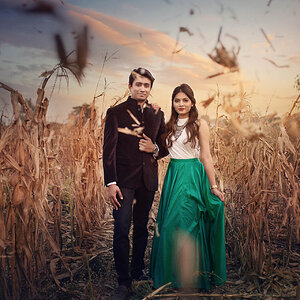
![[No title]](/data/xfmg/thumbnail/39/39509-3c2c5856429b4b8ff3cf44cd3b2afa8c.jpg?1619739064)
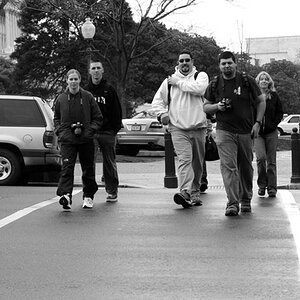
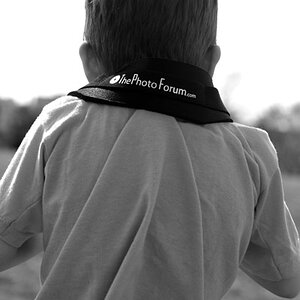
![[No title]](/data/xfmg/thumbnail/36/36396-f8e84def7352af726df923054b86284f.jpg?1619737549)
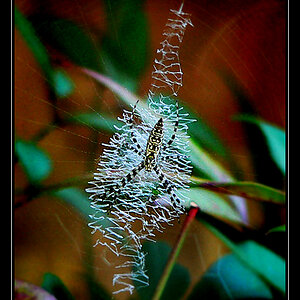

![[No title]](/data/xfmg/thumbnail/32/32164-d68fa2de02f9bef524bbd68aac2f12e4.jpg?1619735234)

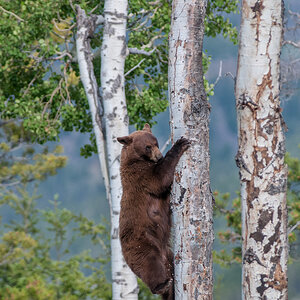
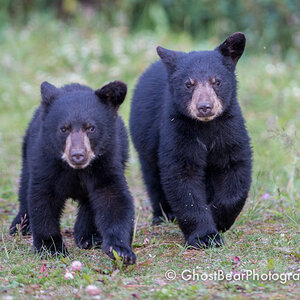
![[No title]](/data/xfmg/thumbnail/39/39511-592cbd68b1d797ffce7e41e4fbfed890.jpg?1619739066)